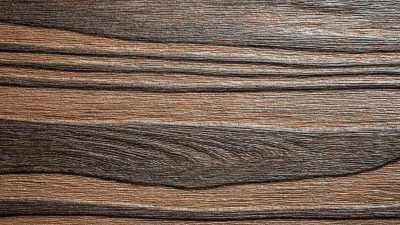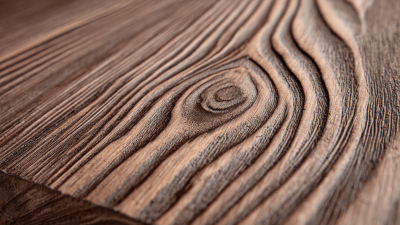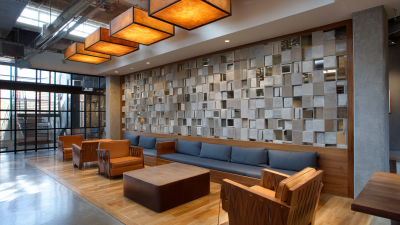7 Best Reasons to Choose Fiber Cement Exterior Panels for Your Next Building Project
In the realm of construction and exterior cladding, the demand for sustainable, durable, and aesthetically pleasing materials is ever-increasing. According to the Freedonia Group, the market for fiber cement siding is projected to reach $5.2 billion by 2025, driven by its remarkable properties and growing popularity among builders and homeowners alike. Fiber Cement Exterior Panels offer an optimal solution that combines strength with versatility, allowing for exceptional design flexibility while ensuring long-term performance. With maintenance costs significantly lower than traditional materials, and a lifespan that can exceed 50 years, these panels are gaining traction in both residential and commercial projects. As we explore the seven best reasons to choose Fiber Cement Exterior Panels, it is crucial to understand why this innovative material could be the ideal choice for your next building endeavor.
Benefits of Fiber Cement Panels for Sustainable Building Projects
Fiber cement exterior panels are increasingly recognized for their alignment with sustainable building practices. According to a report by the Portland Cement Association, fiber cement panels can reduce the carbon footprint of a building by up to 40% compared to traditional materials. This significant reduction is largely due to the energy-efficient properties of fiber cement, which requires less energy to produce and has a longer lifespan, minimizing waste over time.
Moreover, a study by the Green Building Council highlights that fiber cement panels can contribute to LEED (Leadership in Energy and Environmental Design) certification. With their high durability and resistance to weathering, these panels maintain their aesthetic appeal while necessitating minimal maintenance. The durability of fiber cement extends beyond just longevity; it also ensures that buildings remain energy efficient, as they provide superior thermal insulation compared to wood or vinyl siding. This characteristic not only lowers energy consumption but also enhances occupant comfort, making fiber cement a preferred choice for environmentally conscious builders and architects alike.

Key Features of Fiber Cement: Durability and Weather Resistance
Fiber cement exterior panels are increasingly recognized for their exceptional durability and weather resistance, making them an ideal choice for modern building projects. According to the American Concrete Institute, fiber cement can last over 50 years with minimal maintenance, significantly outpacing traditional materials like wood or vinyl, which may require frequent repairs or replacements. The incorporation of cement, cellulose fibers, and sand creates a resilient product that withstands the test of time, resisting rot, pests, and even extreme weather conditions.
In addition to longevity, fiber cement panels boast impressive weather resistance. Reports by the National Association of Home Builders indicate that these panels can endure harsh environmental factors such as high winds and heavy rainfall, reducing the risk of water infiltration and structural damage. Their ability to resist fading from UV exposure is also a notable advantage, ensuring that the exterior maintains its aesthetic appeal throughout its lifespan. As building standards evolve towards sustainability and efficiency, fiber cement panels represent a smart investment in resilience and performance.
Design Versatility: Customizing Fiber Cement for Any Architectural Style
When it comes to exterior design, fiber cement panels offer
unparalleled versatility that can complement any architectural style.
Whether your project leans towards modern minimalism or rustic charm, these panels can be customized to meet your
aesthetic needs. With a variety of finishes, textures, and
colors available, architects can create stunning facades that enhance the overall visual appeal of a building.
For instance, a smooth, painted finish can underscore a contemporary look, while a wood-grain texture can add
warmth and character to more traditional designs.
Furthermore, fiber cement panels are incredibly adaptable, allowing for creative applications beyond simple cladding.
They can be precisely cut to fit unconventional shapes and sizes, enabling unique design elements such as intricate
patterns or bold geometric forms. This adaptability ensures that even the most ambitious architectural visions can be realized.
By choosing fiber cement for your next project, you are not just selecting a durable material but also empowering your
creativity to explore and execute innovative designs that stand out.
Cost-Effectiveness: Long-Term Savings with Fiber Cement Panels
When selecting materials for your next building project, cost-effectiveness is often a significant consideration. Fiber cement panels stand out as a top choice, not only for their aesthetic appeal but also for their long-term savings potential. One of the main advantages of fiber cement is its durability. Unlike traditional materials that may require frequent repairs or replacements, fiber cement is engineered to withstand harsh weather conditions, rot, and pests. This resilience translates into fewer expenditures over time, making it a wise investment for both residential and commercial applications.
Moreover, the initial costs associated with fiber cement panels are competitive with other exterior options, but the savings don't stop there. These panels are low-maintenance, requiring minimal upkeep throughout their lifespan. This feature can significantly reduce labor costs and the expense of maintenance materials, ultimately enhancing your building project's return on investment. Additionally, fiber cement offers excellent energy efficiency, helping to lower heating and cooling costs. With these benefits combined, fiber cement panels not only help you save money upfront but can also provide substantial financial advantages for years to come.

Easy Maintenance: Simplifying Upkeep for Your Building Exterior
When it comes to building exteriors, maintenance is a crucial concern, and fiber cement exterior panels stand out for their ease of upkeep. According to industry reports, a significant percentage of homeowners prioritize low-maintenance materials in their building choices, making fiber cement an attractive option. These panels require minimal maintenance due to their durability and resistance to weather elements, which translates to long-term savings on both time and costs.
Moreover, a survey highlighted in the latest construction industry analysis revealed that 60% of homeowners would consider switching to materials that lessen the burden of upkeep. Fiber cement siding can be simply washed with soap and water, unlike traditional materials that may need frequent painting or treatment. This ease of maintenance allows owners to enjoy their properties without the constant worry of deterioration, paving the way for a more relaxed lifestyle reminiscent of low-maintenance gardening trends. Adopting fiber cement for your next project not only enhances the aesthetic appeal but also simplifies the overall maintenance, aligning well with current consumer preferences for efficiency and simplicity in home care.
7 Best Reasons to Choose Fiber Cement Exterior Panels for Your Next Building Project - Easy Maintenance: Simplifying Upkeep for Your Building Exterior
| Reason |
Description |
Maintenance Frequency |
Longevity |
| Durability |
Resistant to harsh weather conditions, including high winds and severe storms. |
Every 5-10 years |
50 years or more |
| Low Maintenance |
Minimal upkeep required; only periodic cleaning needed. |
Annually |
10-20 years |
| Fire Resistance |
Non-combustible material helps in reducing fire hazards. |
Infrequent inspections required |
Lifetime |
| Pest Resistance |
Does not attract pests like termites or rodents. |
Every few years |
Lifetime |
| Color Retention |
High-quality finishes maintain color vibrancy without fading. |
Every 5-7 years |
10-15 years |
| Eco-Friendly Options |
Made from sustainable materials and can be recycled. |
Annual assessments |
Lifetime |
| Aesthetic Flexibility |
Available in various styles and colors to fit design needs. |
As needed |
Indefinite |

Products
About Us
Download
News
Blog
Contact Us
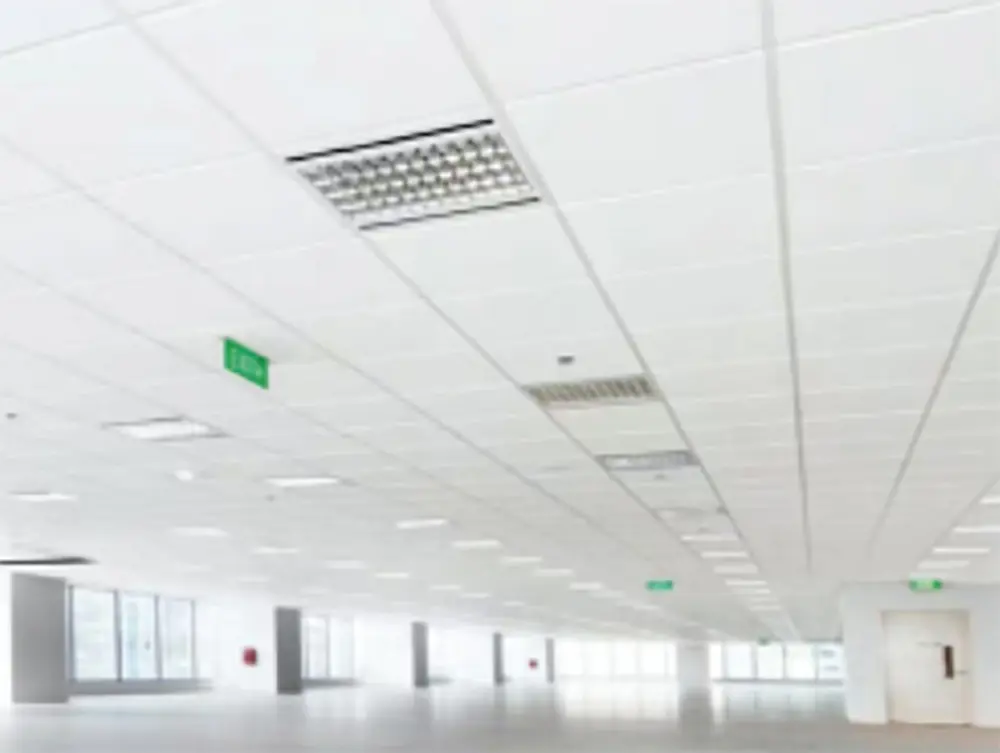 LEAO®Deco Ceiling
LEAO®Deco Ceiling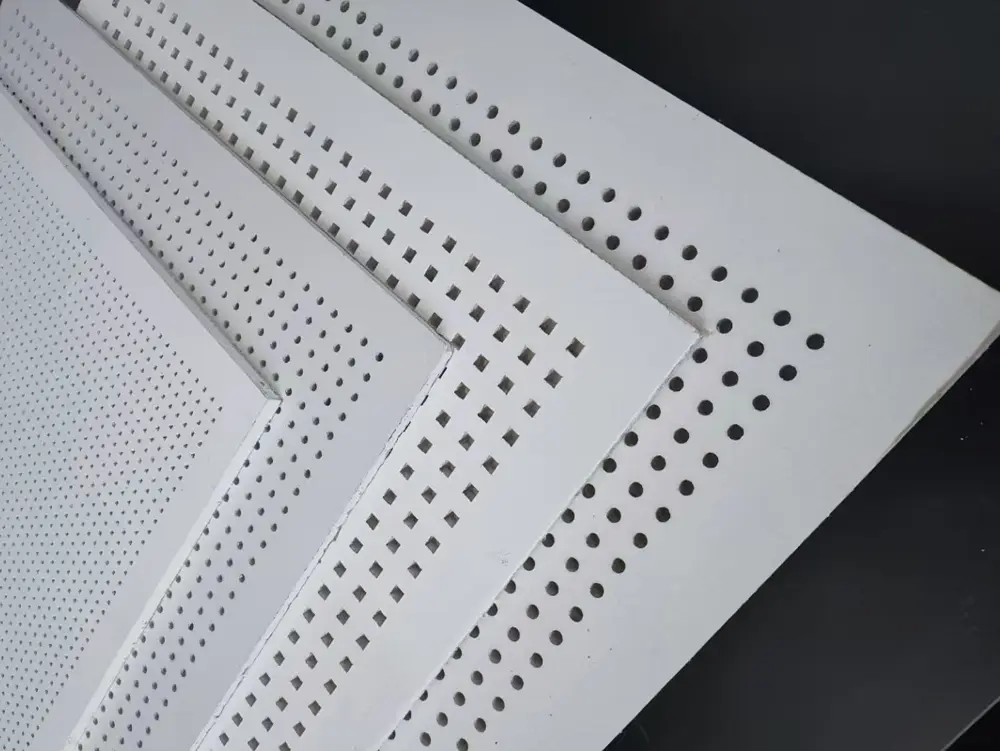 LEAO® Perforated Ceiling
LEAO® Perforated Ceiling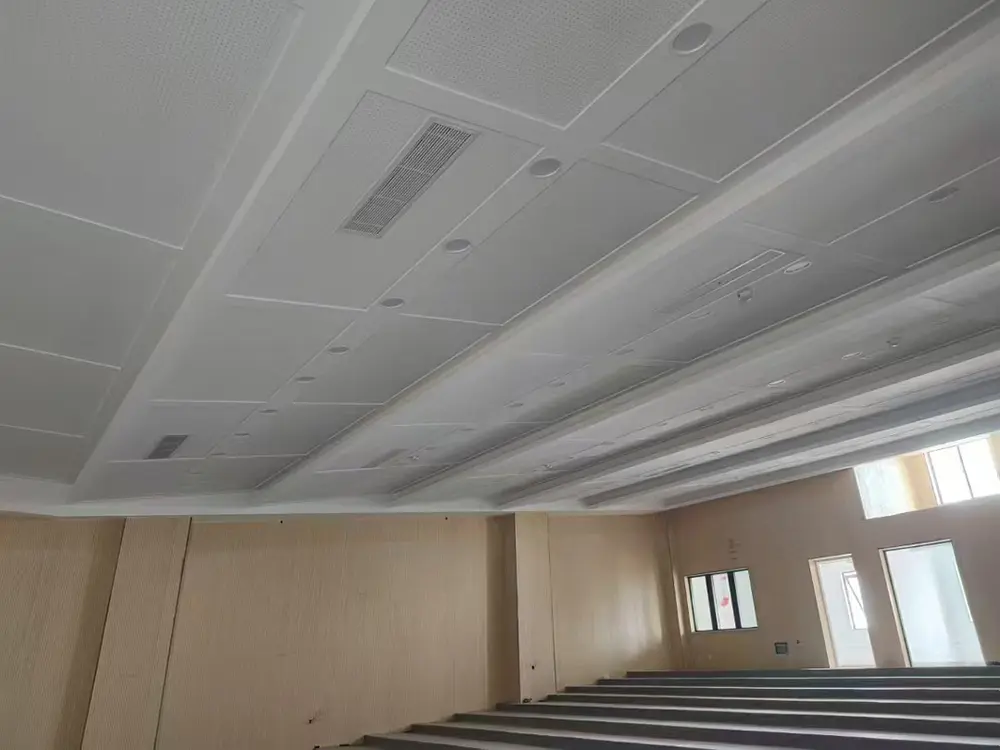 LEAO® Ceiling Board
LEAO® Ceiling Board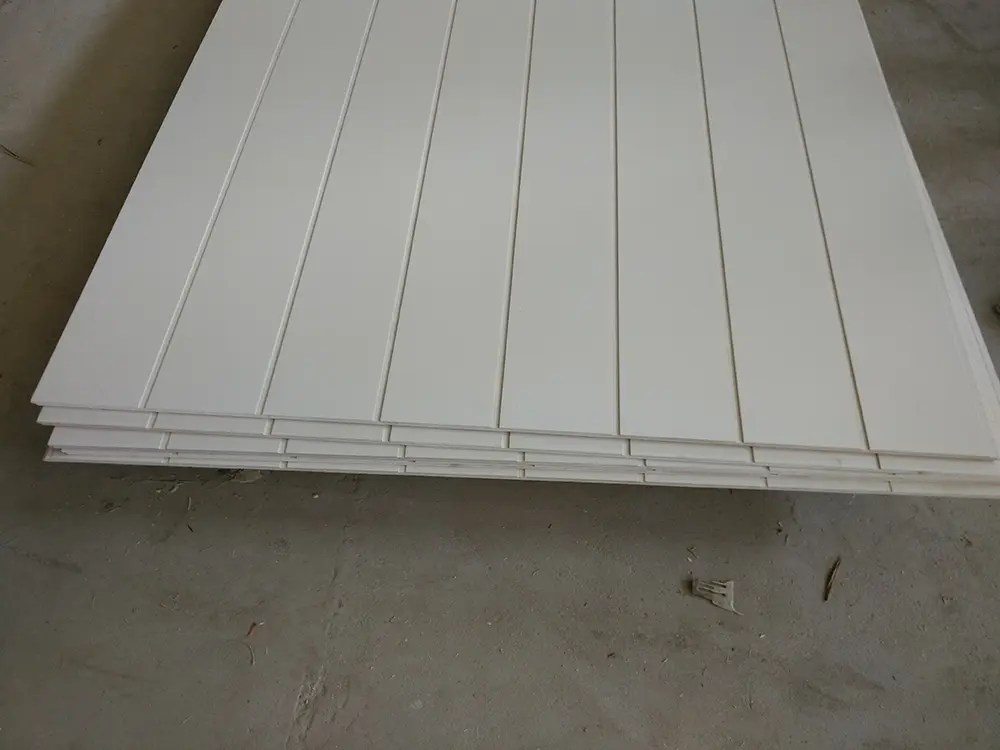 LEAO® Groove Interior Panel
LEAO® Groove Interior Panel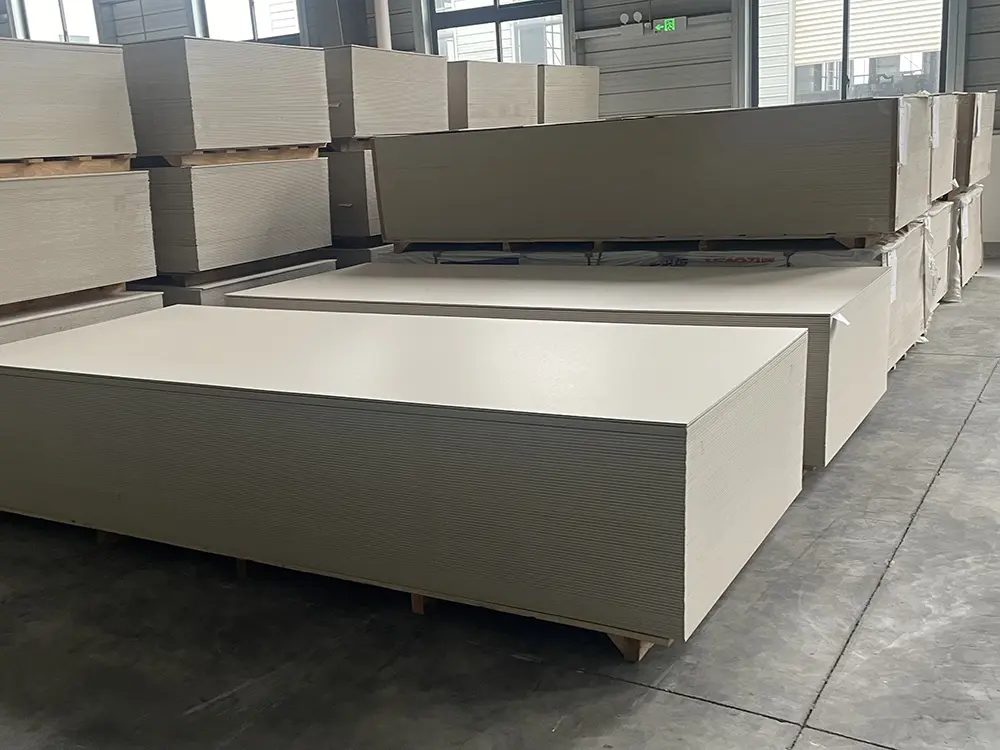 LEAO® Interior Board
LEAO® Interior Board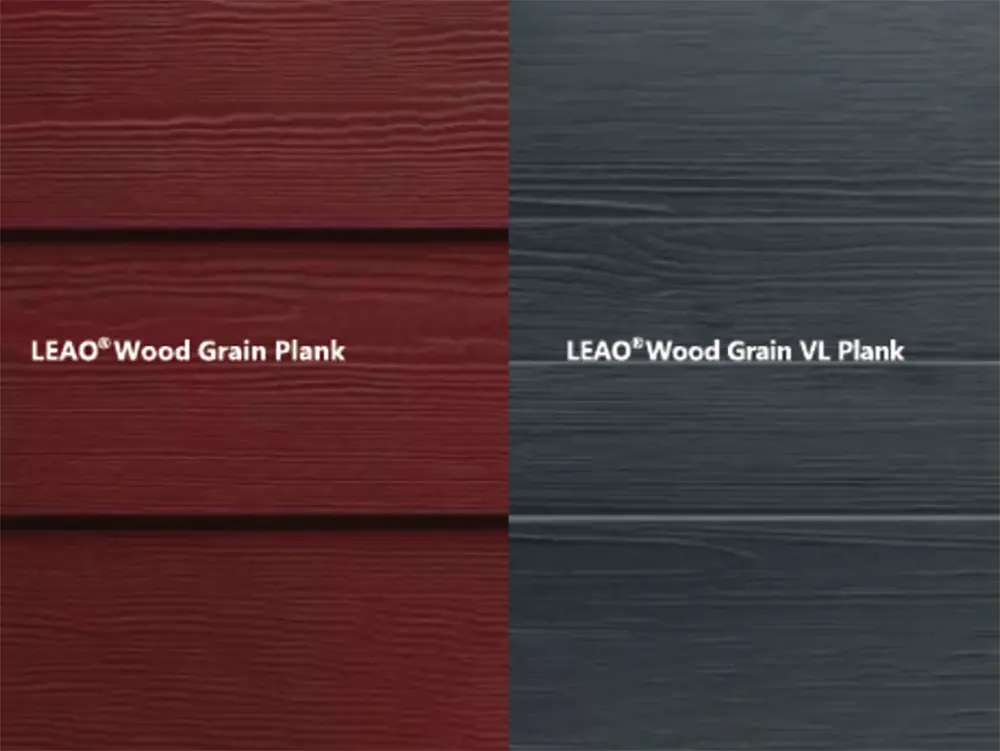 LEAO® Wood Grain Plank
LEAO® Wood Grain Plank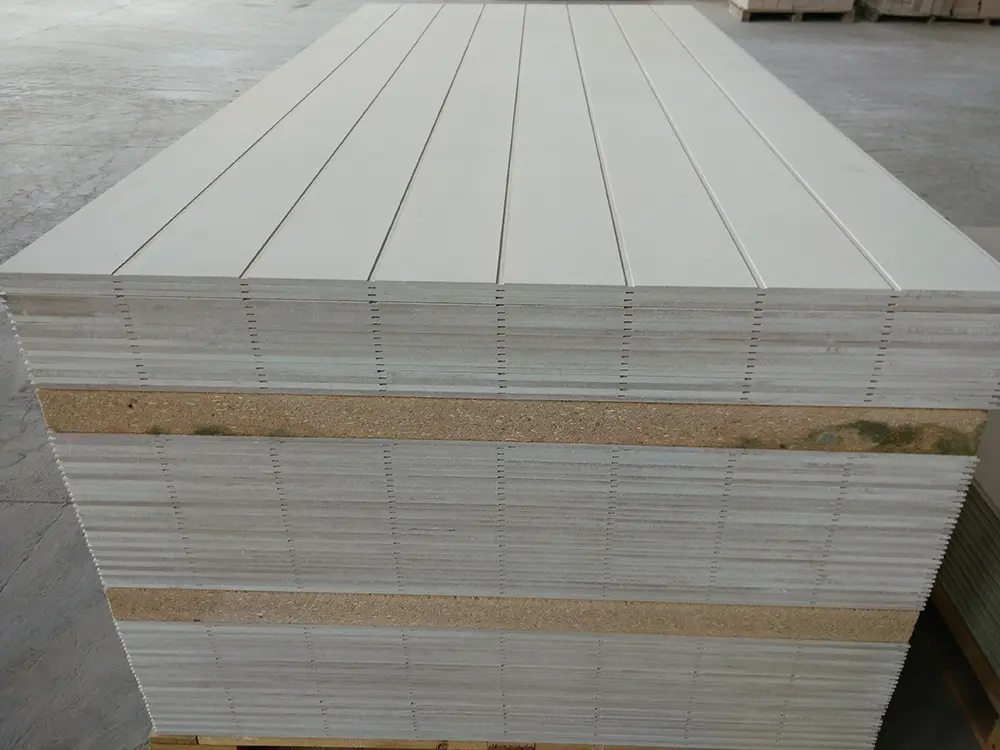 LEAO® Grooved Exterior Panel
LEAO® Grooved Exterior Panel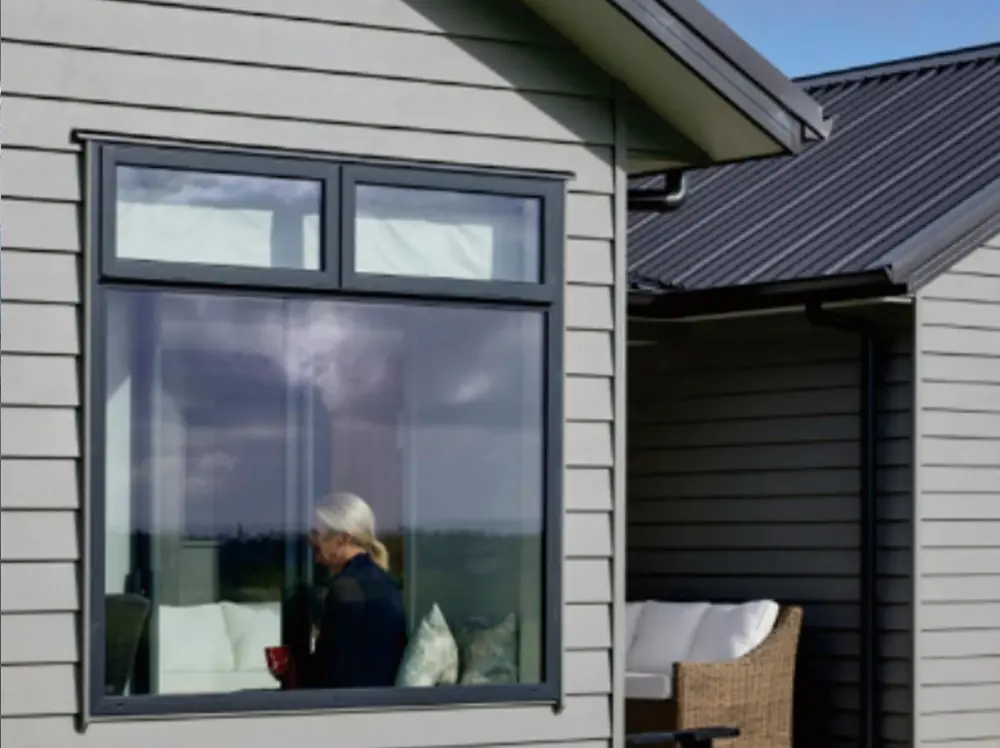 LEAO® Weatherboard
LEAO® Weatherboard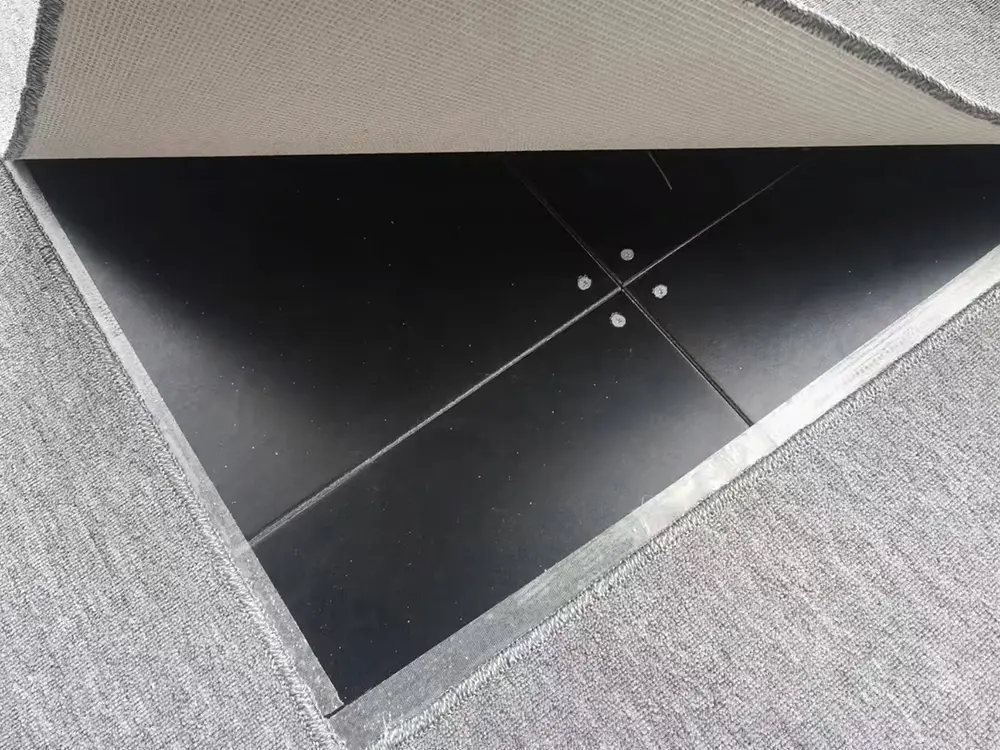 LEAO® Access Floors
LEAO® Access Floors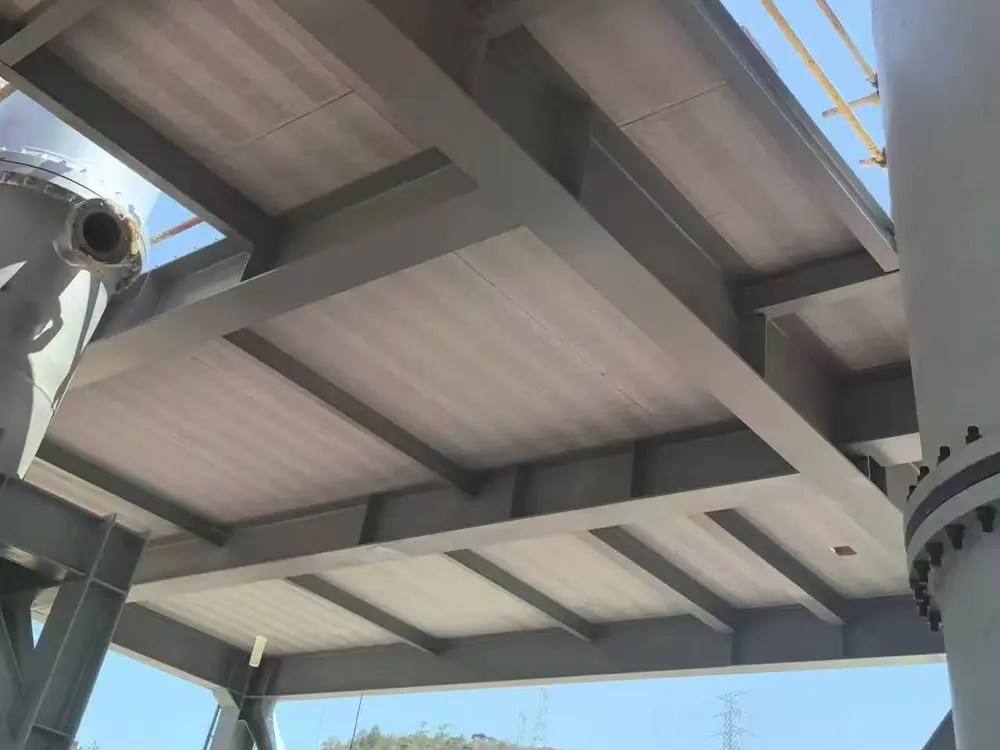 LEAO® Non-removable Formwork
LEAO® Non-removable Formwork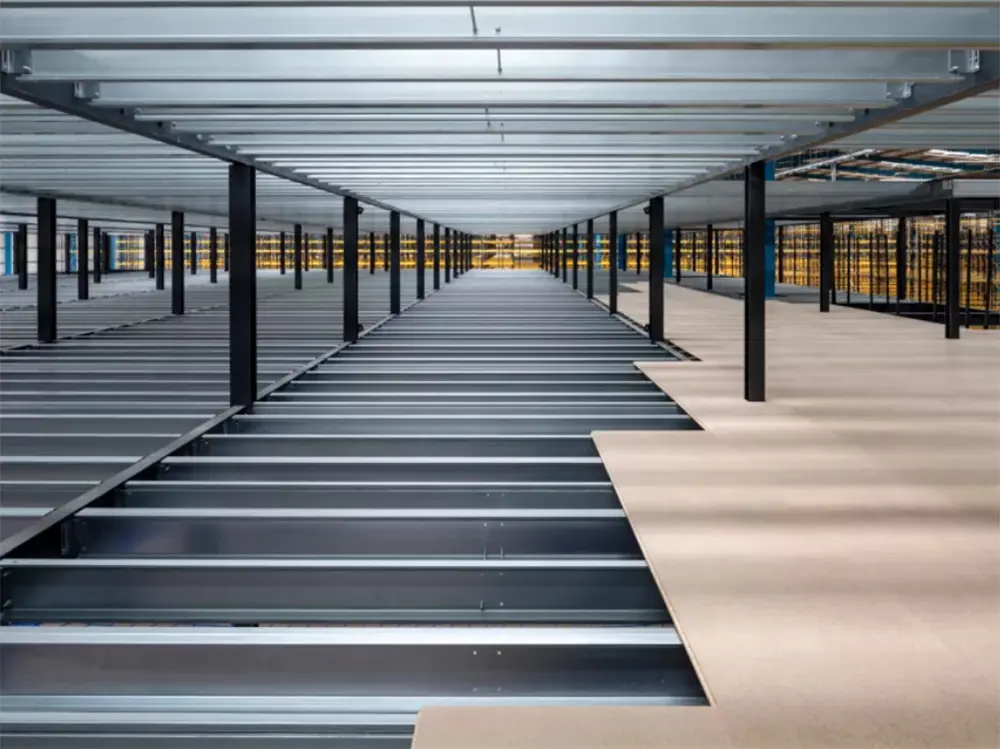 LEAO® Mezzanine Board
LEAO® Mezzanine Board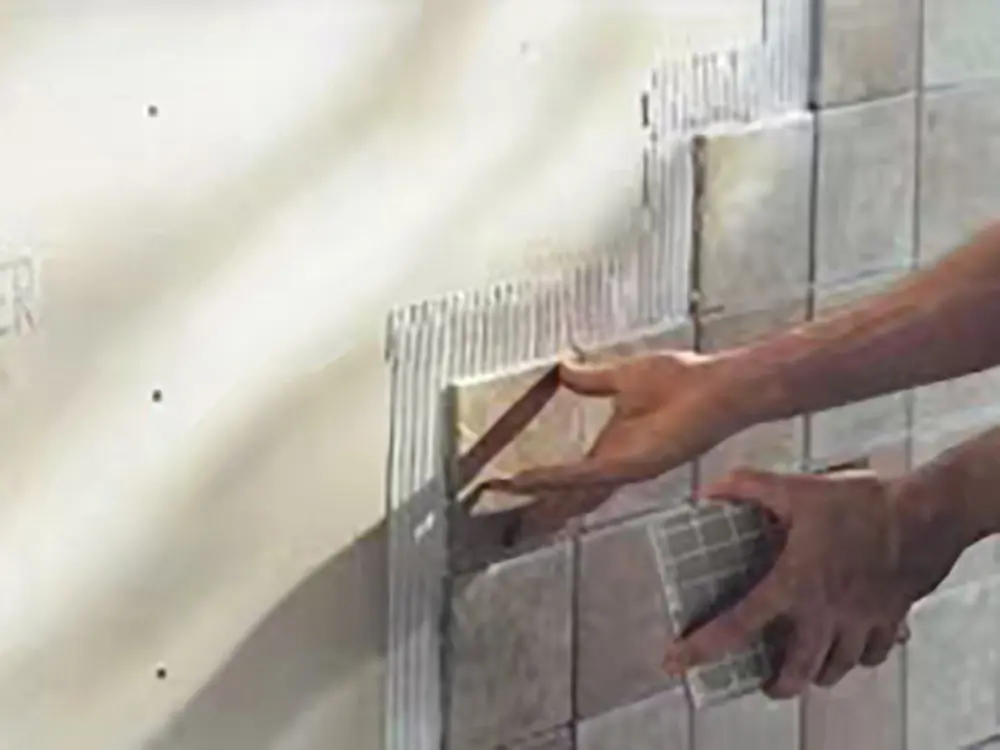 LEAO® Ceramic Tile Underlay
LEAO® Ceramic Tile Underlay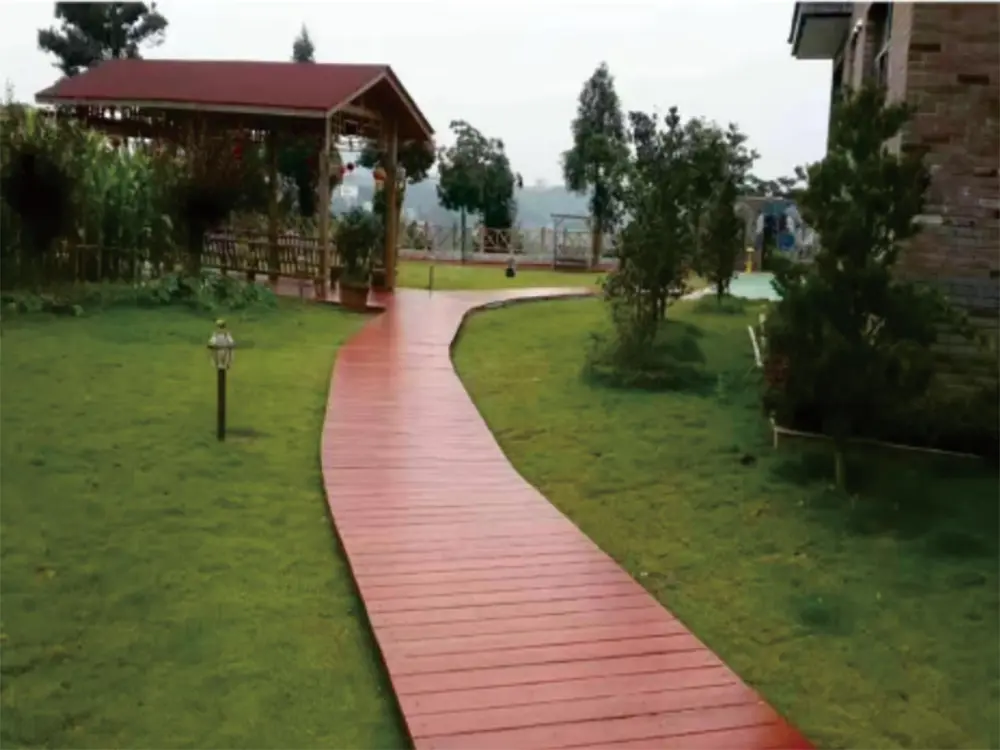 LEAO® Floor Plank
LEAO® Floor Plank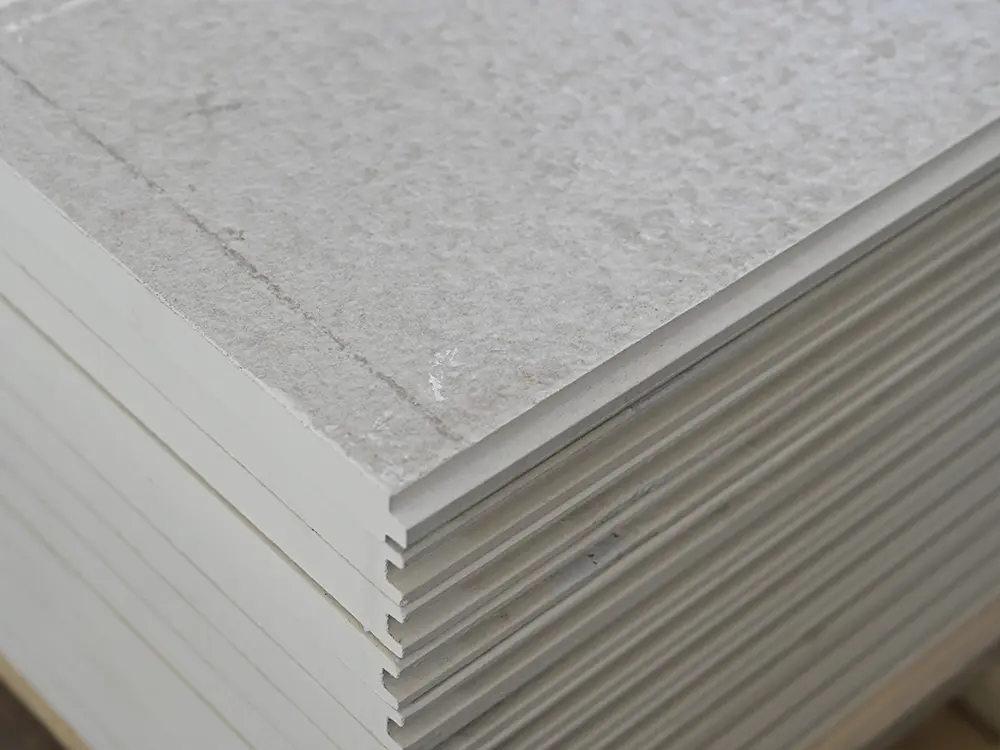 LEAO® Flooring
LEAO® Flooring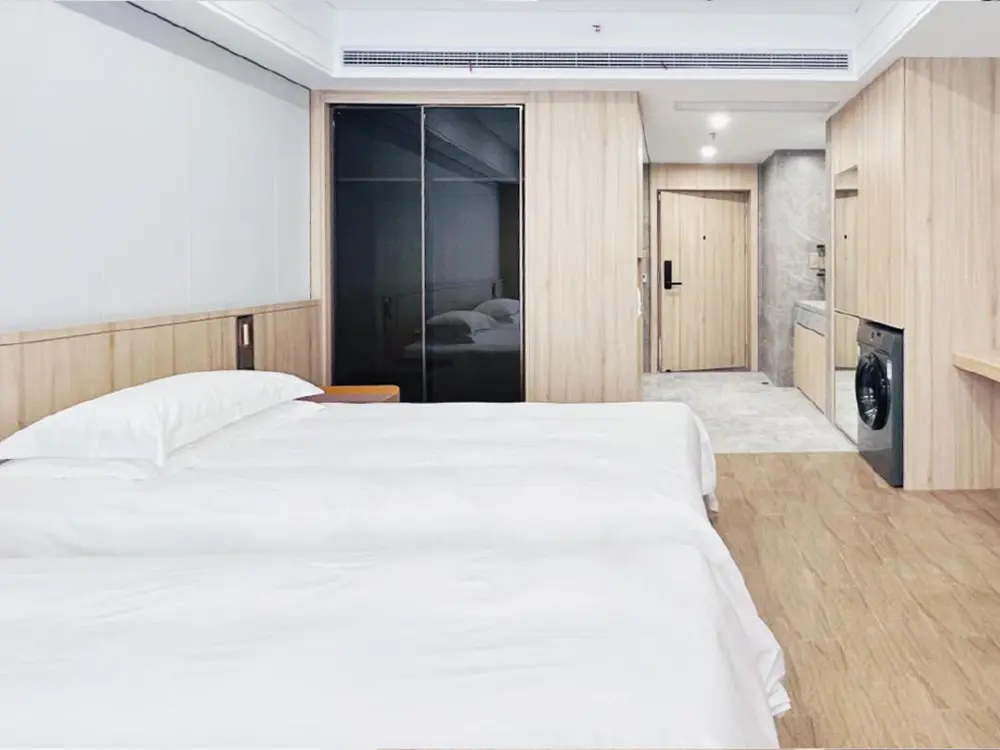 LEAO® Wood Style Decorative Panel
LEAO® Wood Style Decorative Panel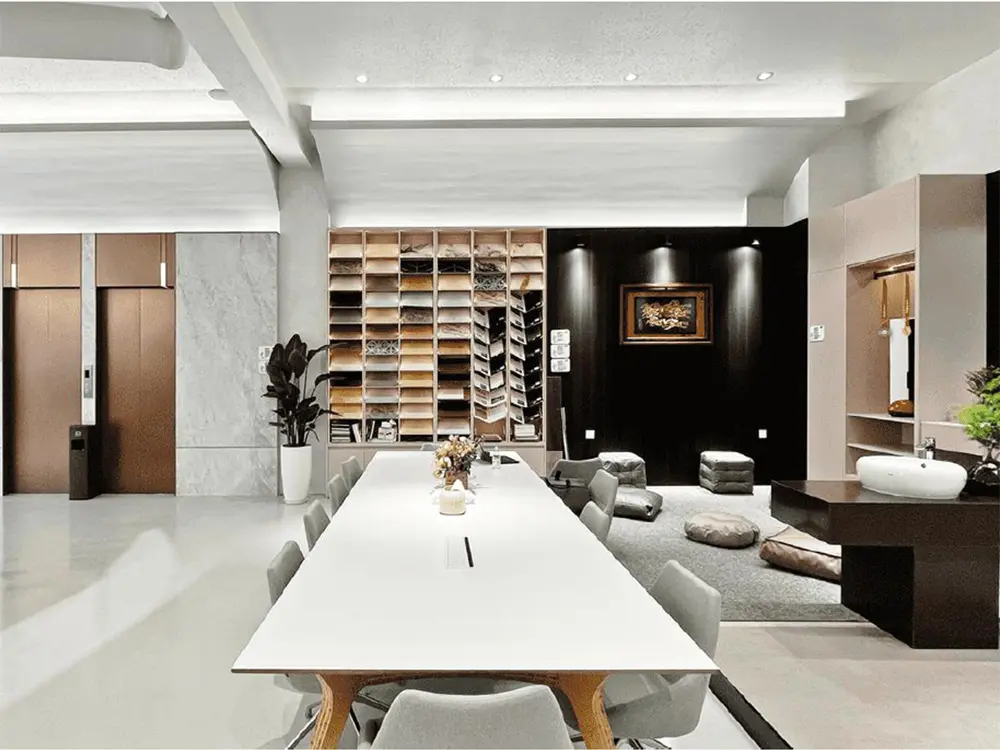 LEAO® Stone Style Decorative Panel
LEAO® Stone Style Decorative Panel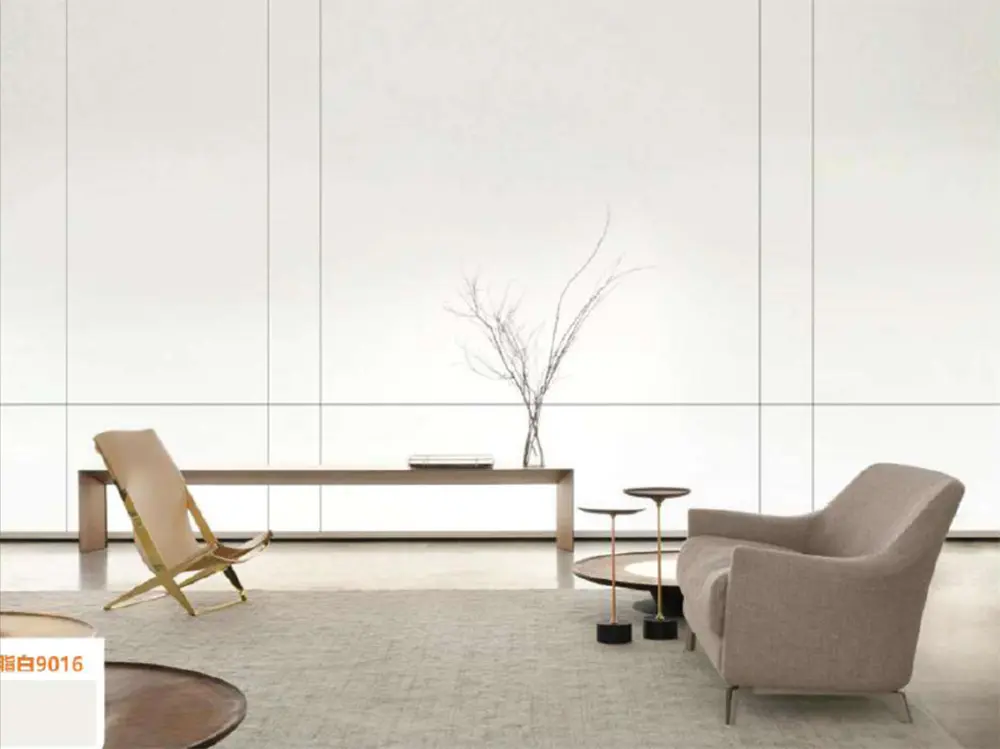 LEAO® Pure Style Decorative Panel
LEAO® Pure Style Decorative Panel




